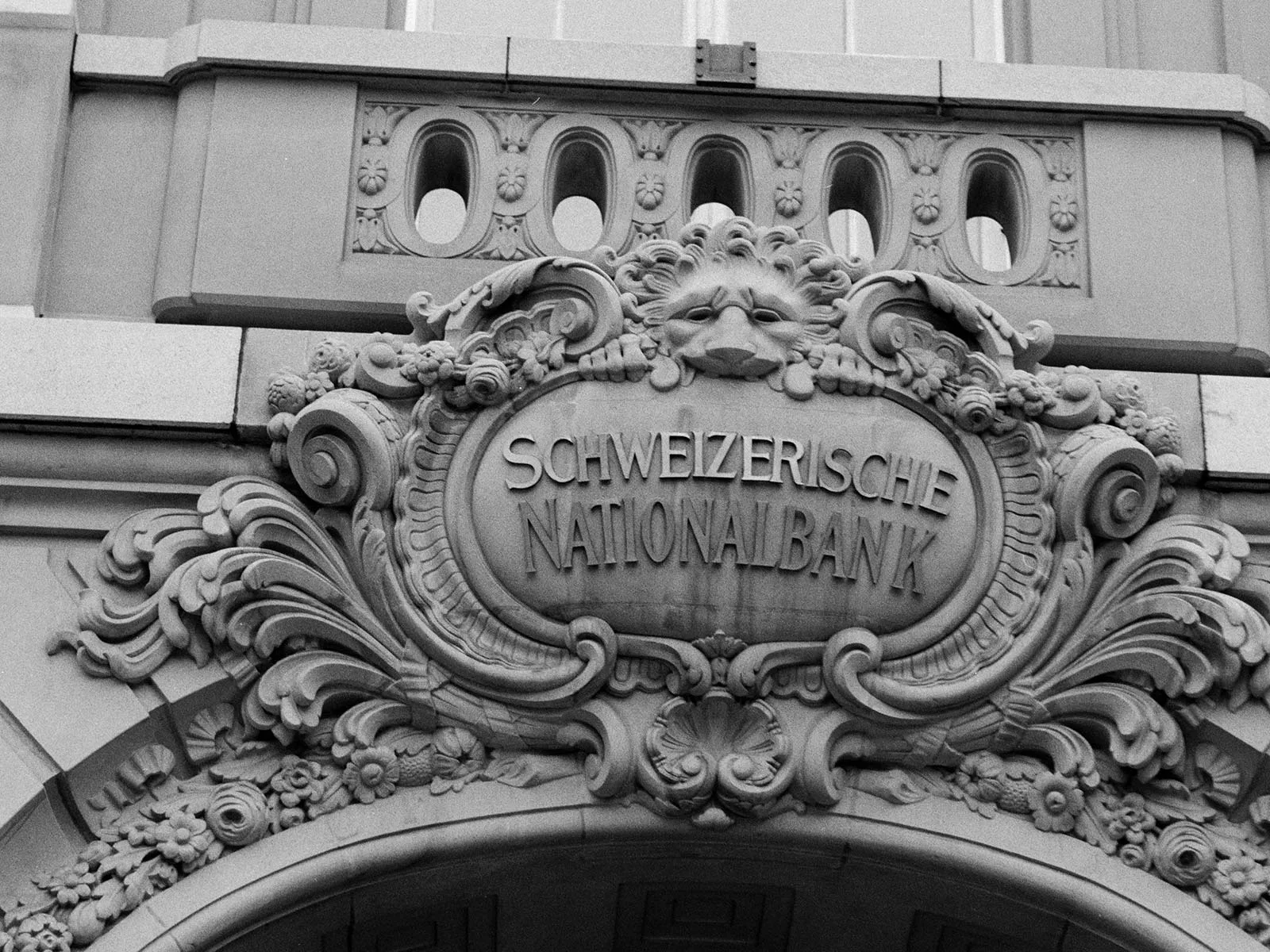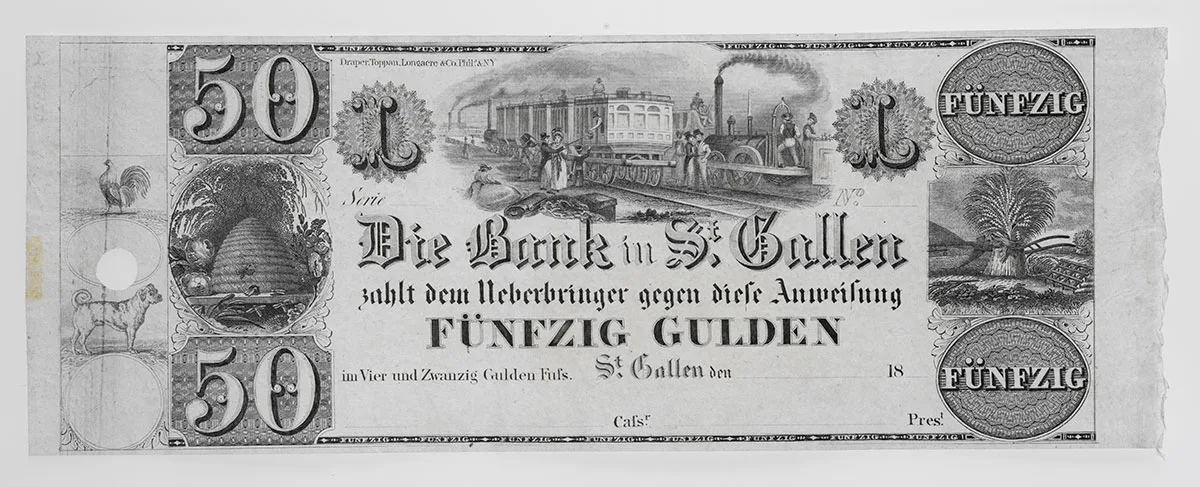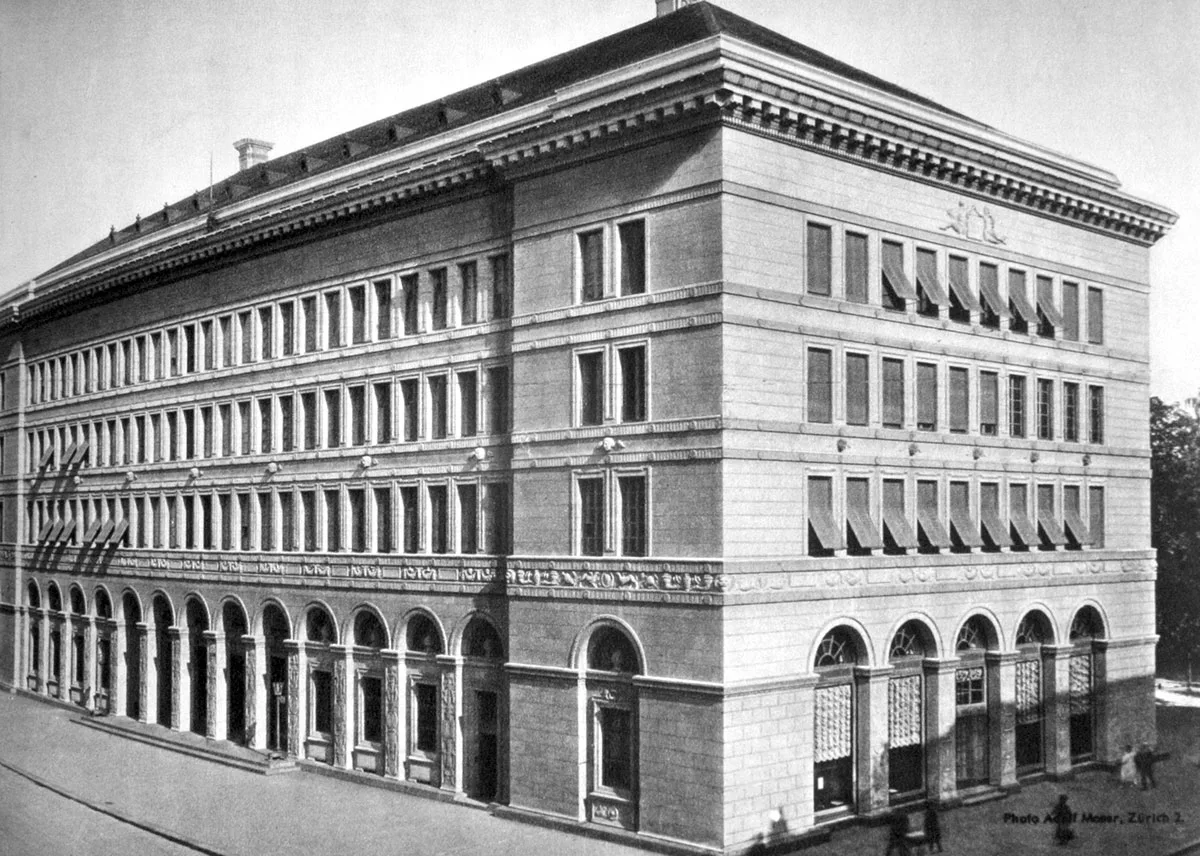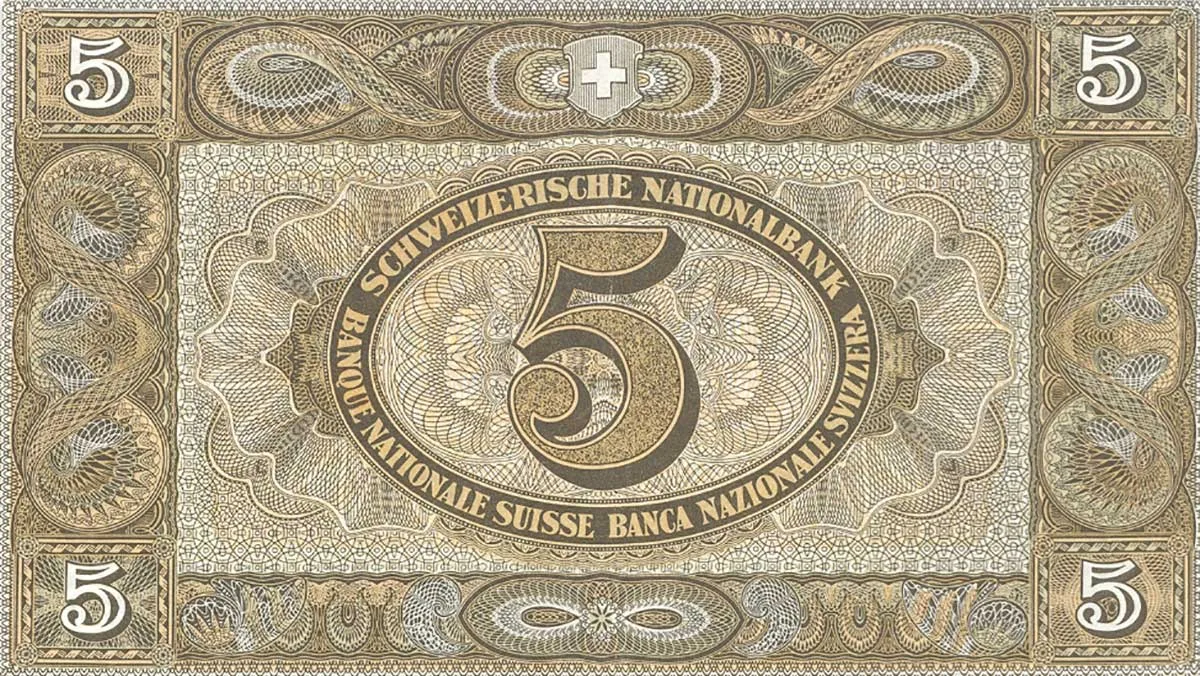
Banknotes for emergencies
What do you do when counterfeiters or a hostile power flood the country with counterfeit money? The contingency plan formulated by the Swiss National Bank: reserve notes.





What do you do when counterfeiters or a hostile power flood the country with counterfeit money? The contingency plan formulated by the Swiss National Bank: reserve notes.



